English Setter
English Setter Dog Food
| Male | Female |
|---|---|
| Height | Height |
| 65 - 69 cm | 61 - 65 cm |
| Weight | Weight |
| 29 - 36 kg | 20 - 25 kg |
| Life Stage | |
|---|---|
| Adult | |
| 15 months to 5 years | |
| Mature | Senior |
| 5-8 years | From eight years |
| Baby | |
| Birth to 2 months | |
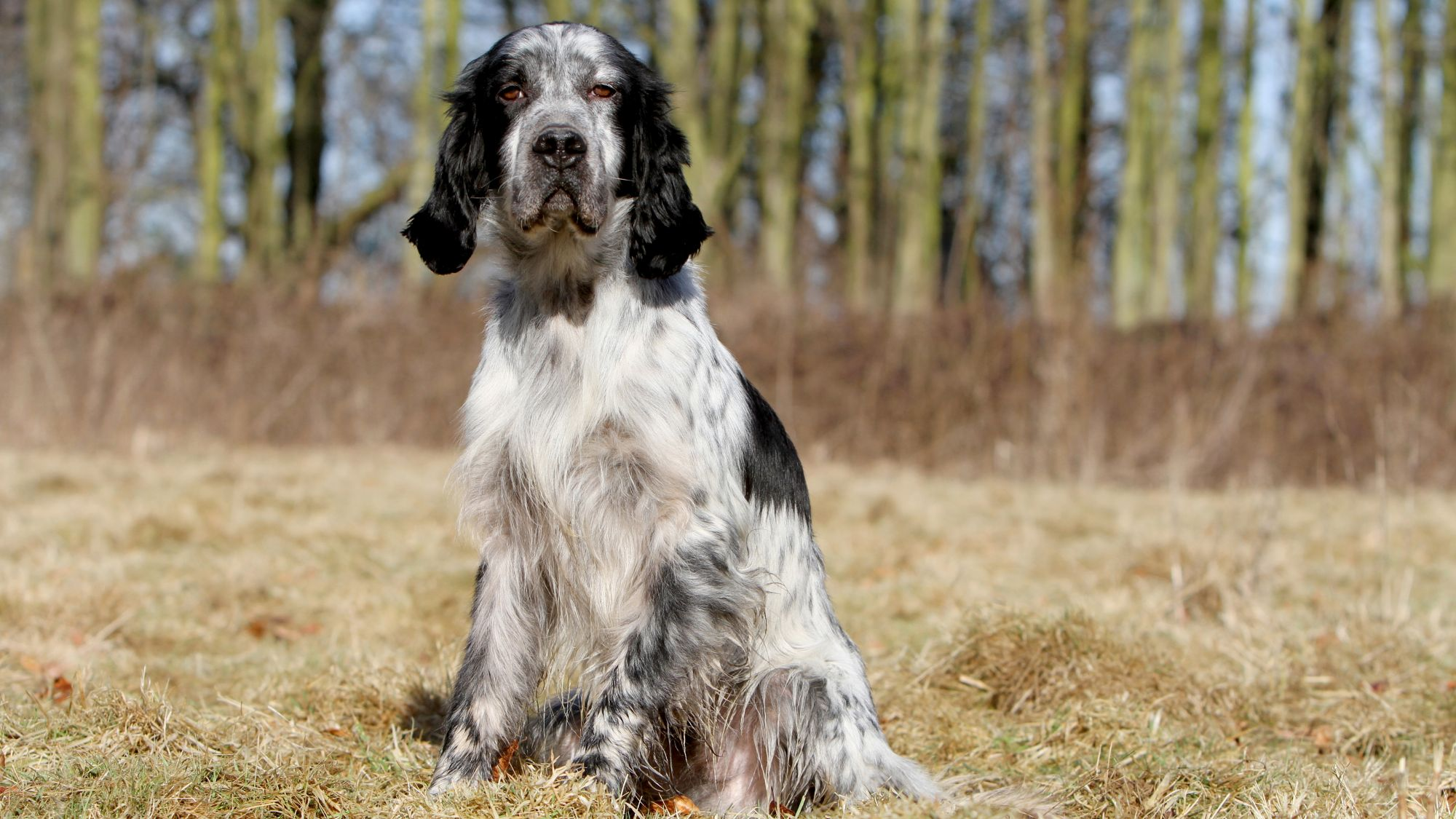
Get to know the English Setter
All you need to know about the breed
The English Setter is sometimes referred to as “the gentle(wo)man of the dog world” and the breed’s elegant appearance – a silky dappled coat and graceful, almost regal bearing – certainly chimes with that description. But with their affectionate, playful and devoted natures, English Setters have much more to offer than their looks, although it’s fair to say that the breed’s charming appearance is a defining characteristic.
The complete list of English Setter colours reads like the menu of an extremely experimental ice cream parlour: Black and white (blue belton), orange and white (orange belton), lemon and white (lemon belton), liver and white (liver belton) or tricolor i.e., blue belton and tan or liver belton and tan.
Once trained, English Setters are sociable and easygoing and get on well with other dogs and children. They are friendly with strangers once they’ve been introduced (those gentlemanly manners!) but may bark to let you know if someone they don’t know is approaching the house. Although they have an independent streak, training should be straightforward, if you stick to the key principles of patience, positive attitude and consistency.
English Setters need plenty of exercise but are calm at home, putting themselves on doggy energy-saving mode indoors. But they don’t like being left alone for long periods. All in all, English Setters make a lovely family pet—just as long as you can handle your dog having the best hair in the family.
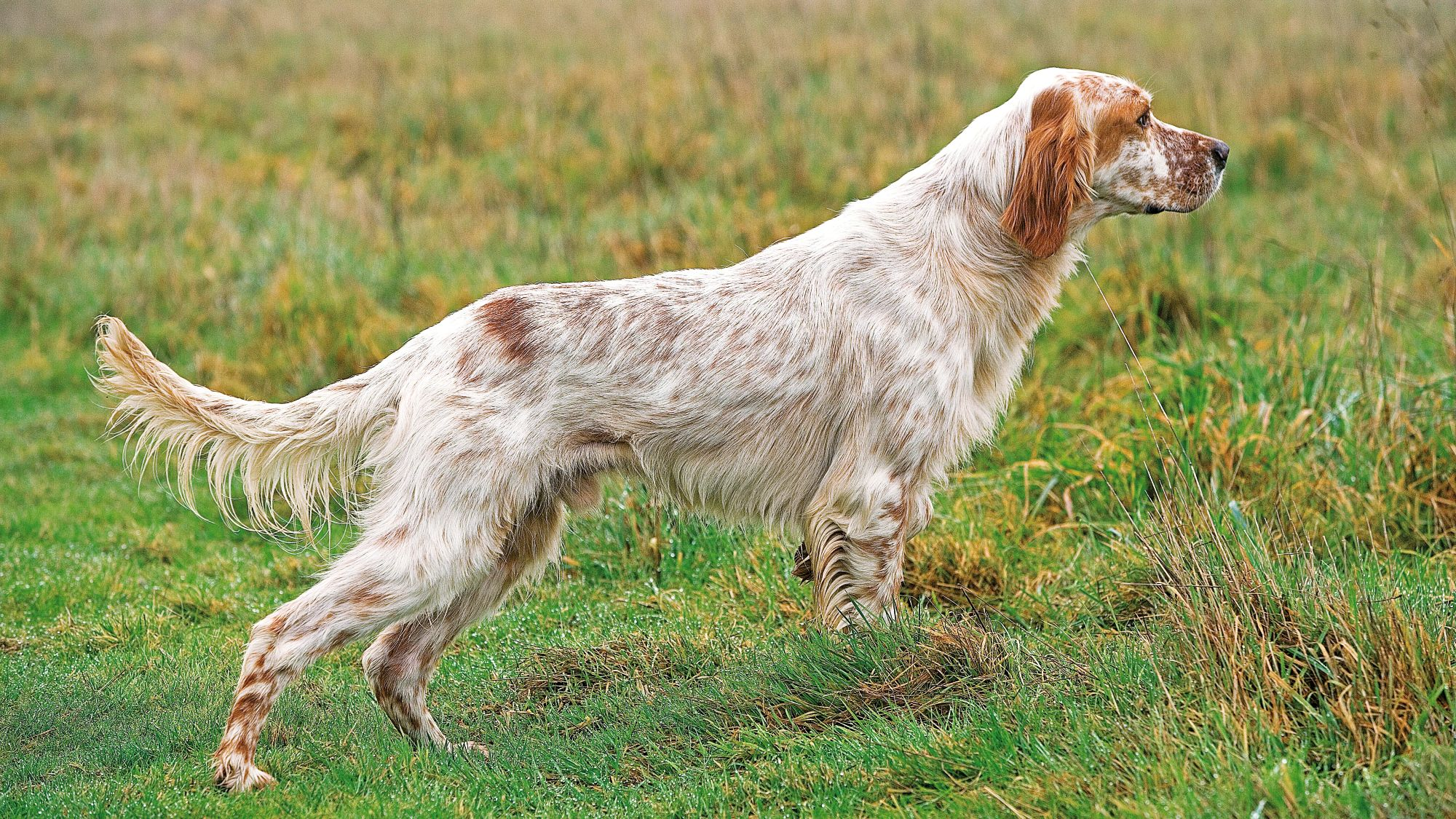
2 facts about English Setters
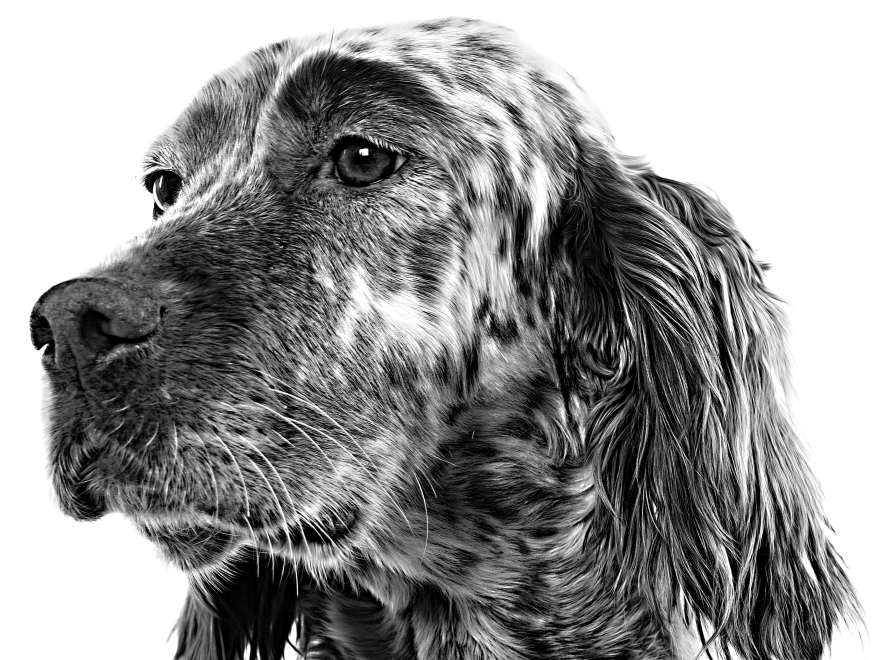
History of the breed
The English Setter as we know it today, all glossy speckled coat and joie de vivre, was developed in 19th century England as a hunting dog.
Edward Laverack, the man who gave the name “belton” to the English Setter’s flecked coat, is considered the founder of this gentle and friendly breed, beginning with his first two dogs, Old Moll and Ponto. Meanwhile, Welshman Richard Purcell Llewellin developed a separate sub-set of the breed, more focused on field performance, known as Llewellin Setters.
The breed’s origins date back even further to crosses with pointer and spaniel breeds and are closely entwined with that of other setter breeds, all of which got their name from their ability to lay down quietly or “set” when they found prey.
In more recent years English Setters, elegant and sweet-natured dogs, have evolved to find their place as gentle and friendly family companions.
From head to tail
Physical characteristics of English Setters
.
.
.
.
.
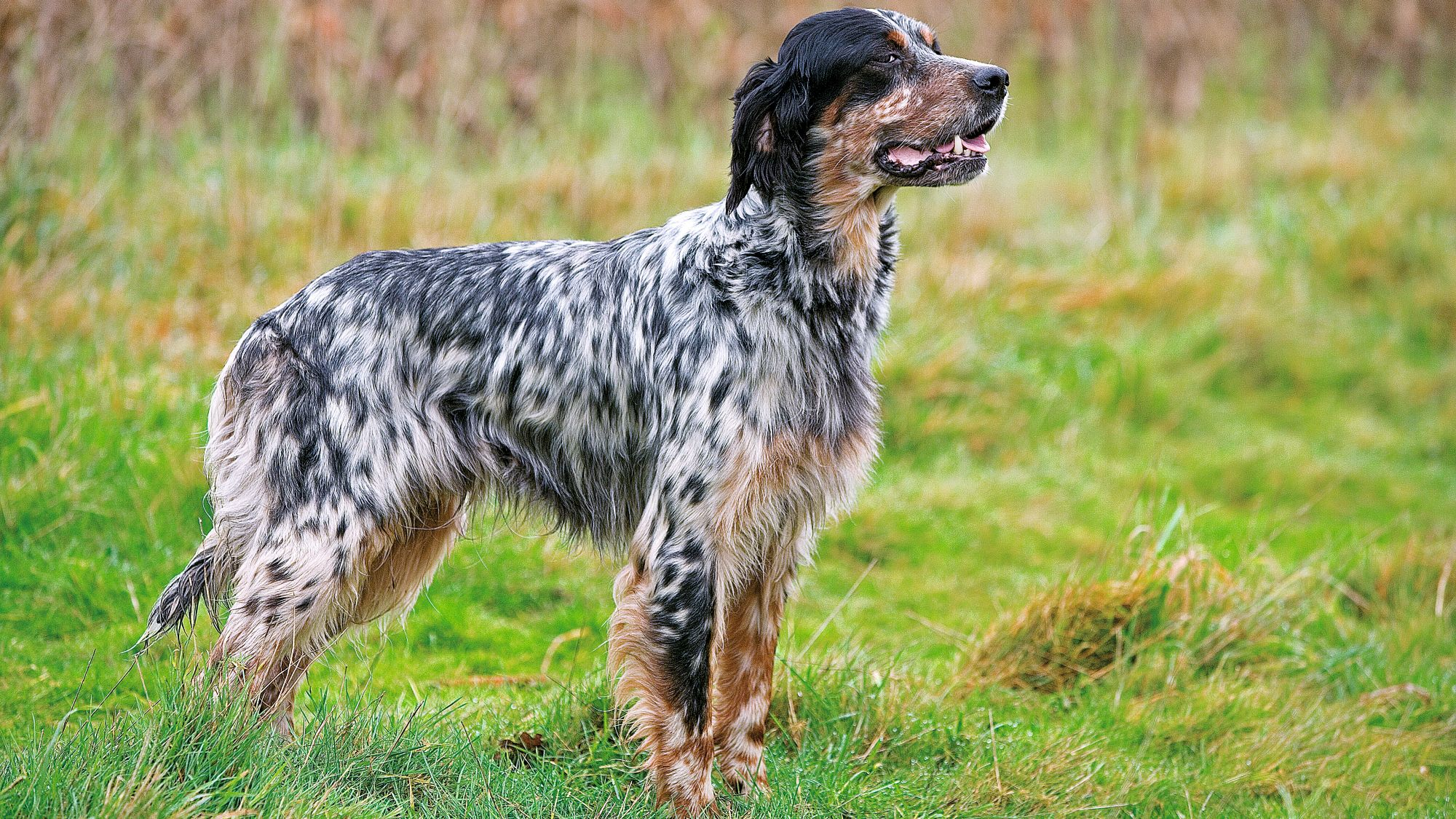
Things to look out for
From specific breed traits to a general health overview, here are some interesting facts about your English Setter
Healthy diet, healthier dog
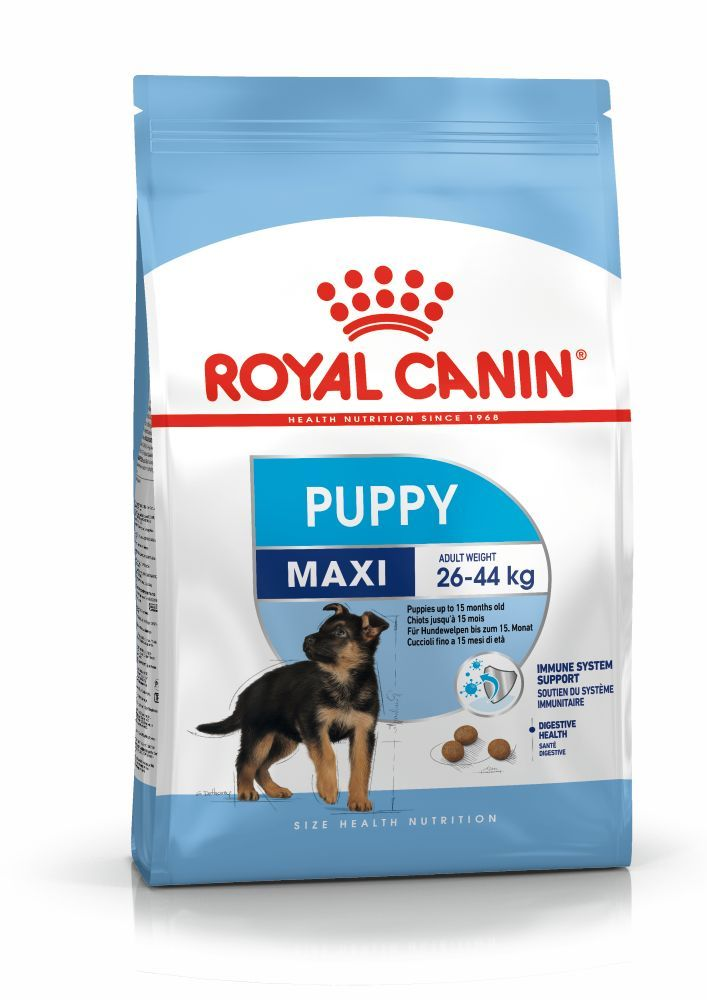
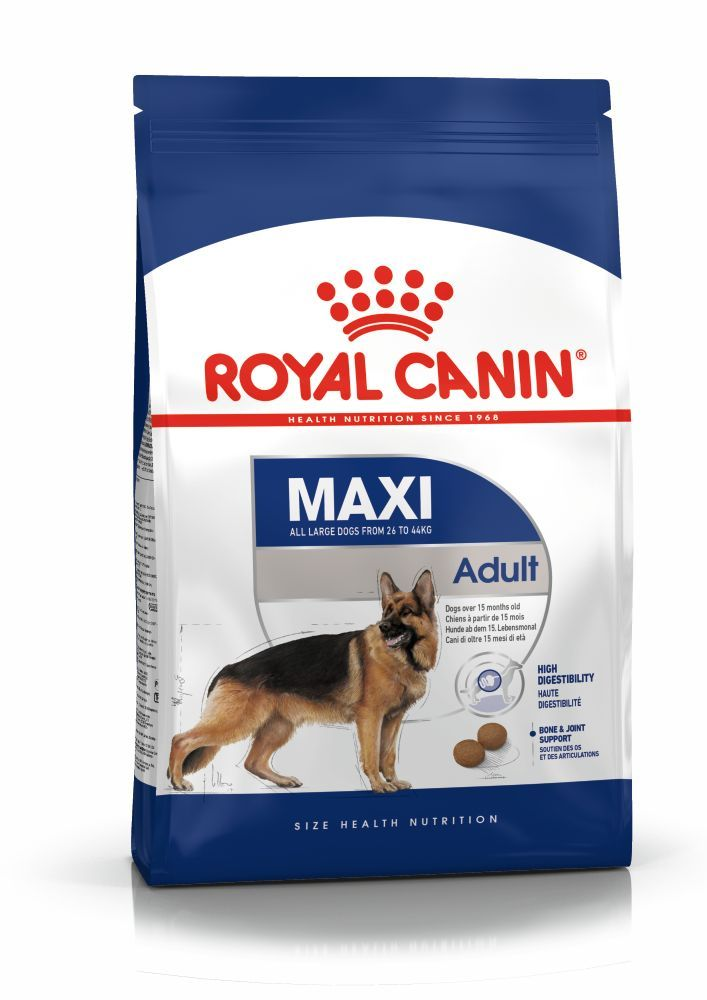
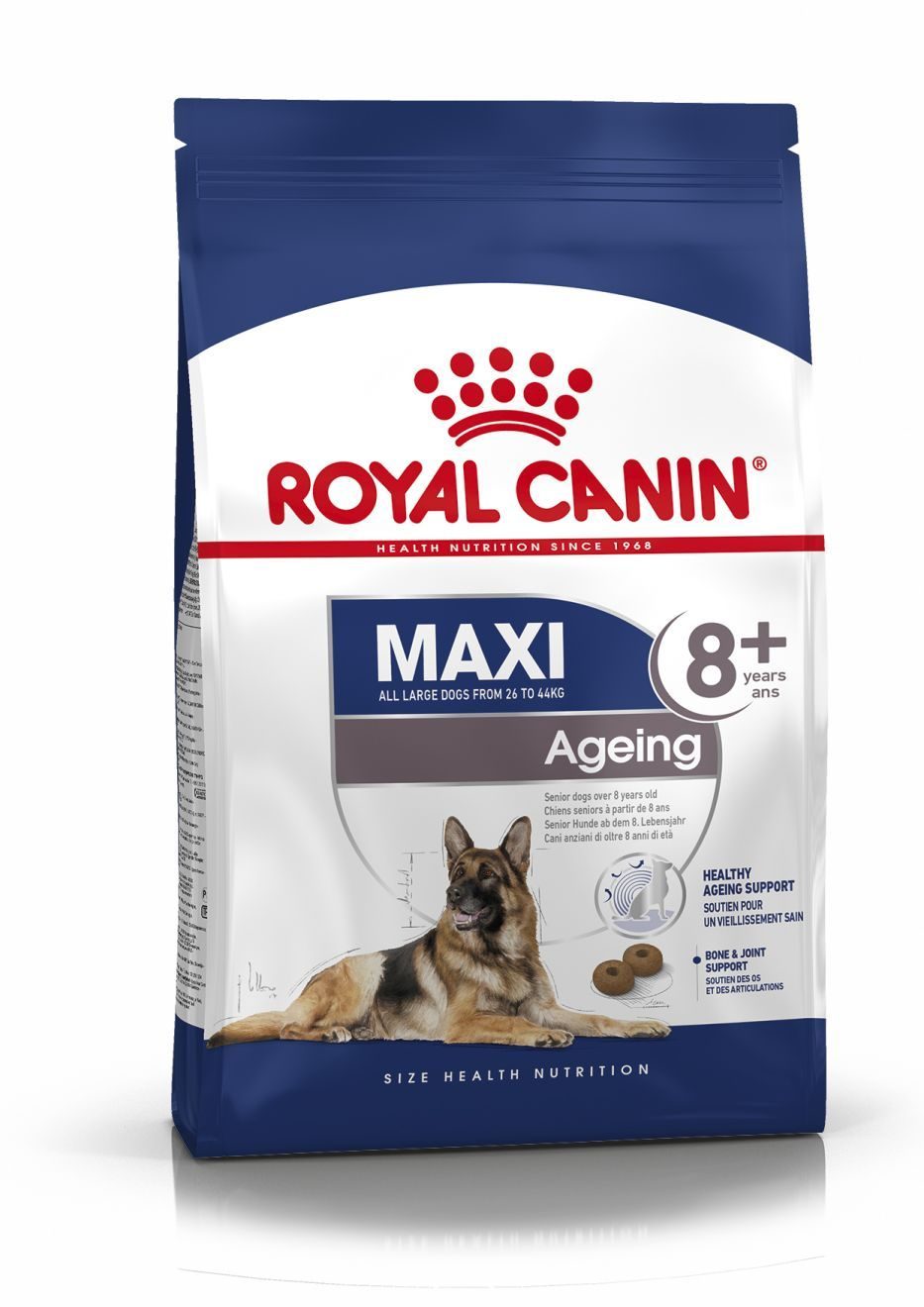
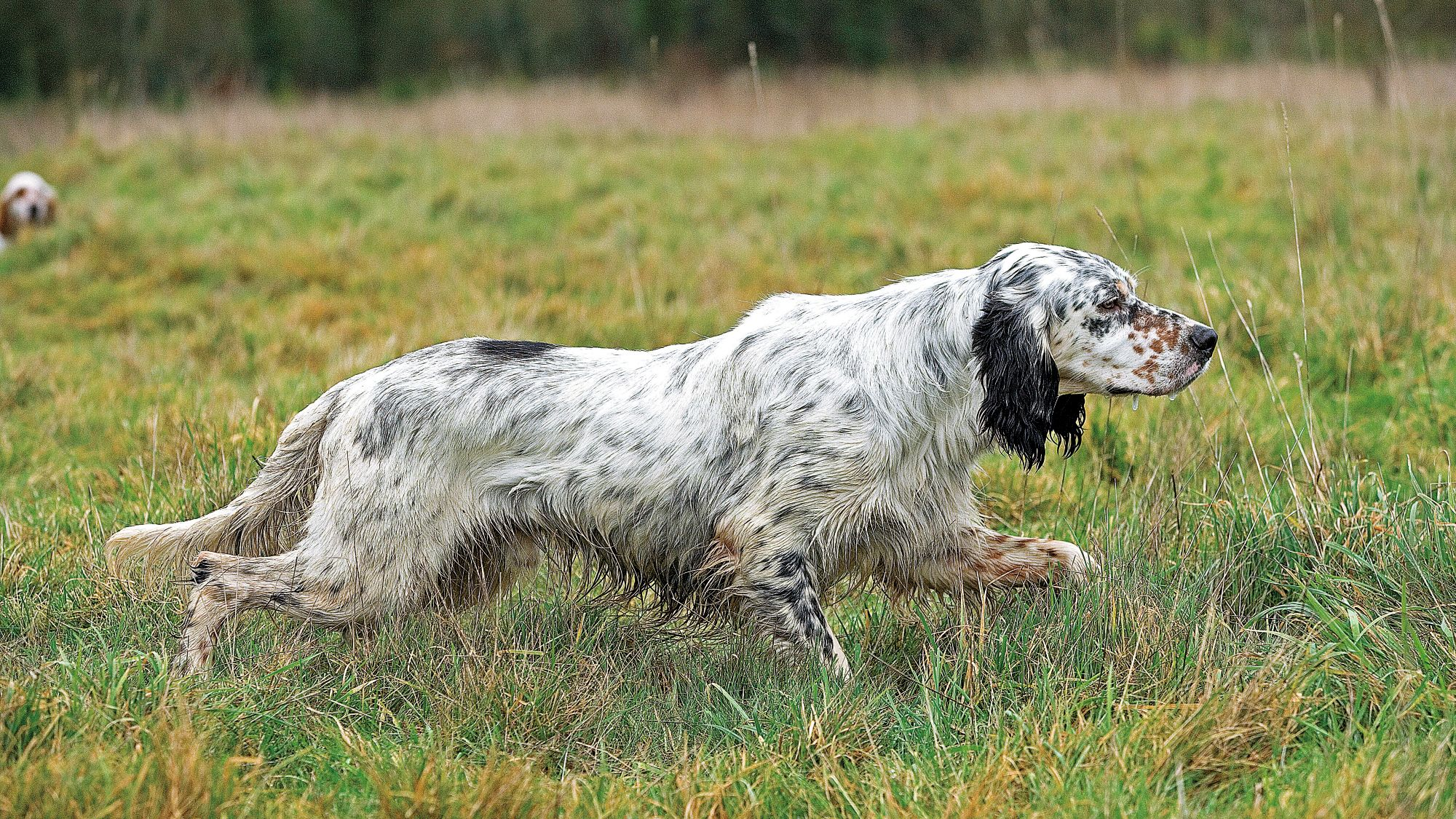
Caring for your English Setter
Grooming, training and exercise tips
7/7
All about English Setters
Suggested Breeds
Read more on this topic
Sources
Like & share this page